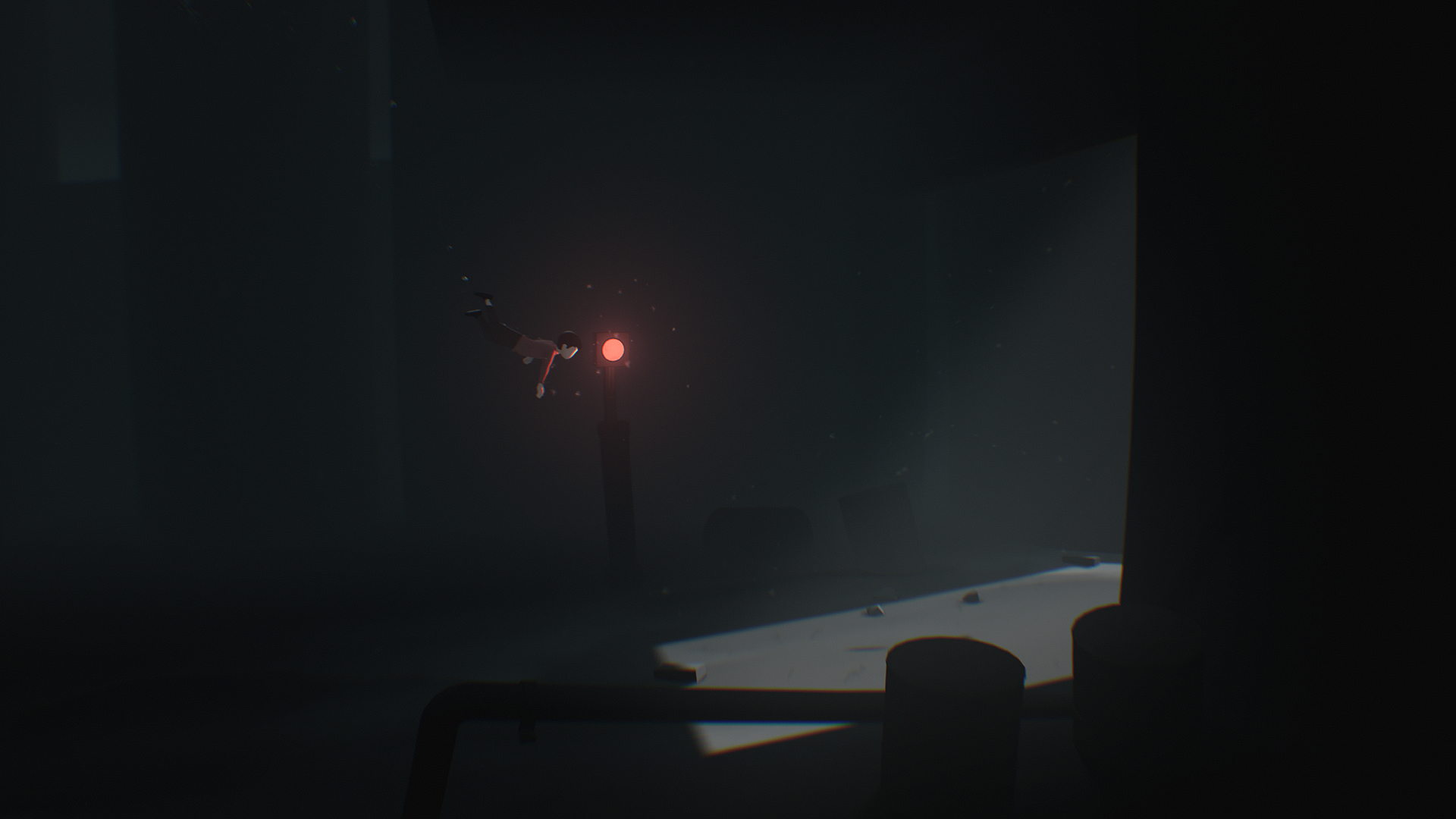Thoughtful Annihilation.
Six years after Playdead's groundbreaking, indie masterpiece, Limbo, the Danish developer is finally back with Inside. In the strictest sense, this is another wordless, 2.5D side scroller starring a young boy who begins his quest in the woods and, over the course of three hours, becomes all too familiar with the so-called "achievements" of mankind. Along the way, there are many puzzles, a ghoulish sense of death, and best of all, by the end, a feeling of open-endedness and reflection: What exactly did I just play? What does it all mean?
If you never played Limbo (shame on you!), Inside will be quite the treat. When Limbo premiered on the Xbox Marketplace in July 2010, the black-and-white German expressionist art direction was hypnotic. There was something eerie, yet tangible, about the harsh shadows and those spooky, just out of focus backgrounds. A young boy with dead white eyes was our avatar.
Inside technically has color, but it feels monochromatic. Aside from the boy’s red shirt, most of the game is gray. Occasionally, other colors do pop up like the yellow of tiny chickadees or the orange glow of a button, but "muted and soulless" describes the main color scheme—that feeling that someone (or something) has sucked all of the air out of the room.
I’ll be as non-spoiler as possible, but there are two aspects that are a constant: (A) something sinister is going on at a nearby facility, and (B) the boy feels compelled to investigate and go inside. The "why" is up to you, as there are no cutscenes or dialogue to offer exposition. The genius of developer Playdead is understanding that the game doesn't really benefit from such obvious tropes. Looking and listening are nearly as important as interacting.
Story and theme are vital to Playdead’s intricate level design. It’s a testament to the varied environments and to the way players experience what seem like mundane areas, like a desolate farm or an office space cluttered with chairs from some mindless meeting, which is somehow more compelling in its ordinariness. The boy himself, beyond his red shirt, is so blank as to not have any eyes, nose, or mouth.
Not to say that like Limbo before it, Inside doesn’t get weird because it does. Think Hayao Miyazaki's Howl's Moving Castle weird. Again, I don’t want to say too much, but there are plenty of machines and “experiments” that feel inspired by the Cold War paranoia of the late '50s. The sterile feel of metal, of corporations, is prevalent too.
While throughout most of the game the boy is isolated, when he does come into contact with others, they look spent or just plain empty. Perhaps this is a world after a terrible apocalypse or maybe this is what life looks like when society lives in constant fear of one.
As a point of comparison, Agent Smith remarked to Neo in The Matrix Reloaded: "It's purpose that binds us." That is what drives the narrative here too. What exactly the boy discovers and how it relates to himself or society (what’s left of it, anyway) are explored in nearly every situation, every obstacle. In some instances, such purpose is not without dire consequences. What's impressive is how in these moments, like an early scene with a wild pig, play out without being overly dramatic. There's loss, but not judgment.
In terms of gameplay, you only have two buttons: A to jump, X to interact. The bulk of the time is just moving from left to right. There are subtle animations that work better than expected, like pushing up the left stick to lift a door. These are simple interactions that illustrate just the right amount of weight and speed. Better still, though some of puzzles can be tricky, barely any are at the mercy of unforgiving timing. Limbo, as great as it was, could often be frustrating with its magnet-timing puzzles. Inside shows the developers don’t need to rely on that anymore.
This isn’t to say you won’t die a lot, and gruesomely so, because you will. My favorite is, strangely, getting mauled by dogs. But there are ample checkpoints and the load times are quick, so death is never a big deal.
Although not the breakthrough that was Limbo back in 2010, Inside is nonetheless a beautifully-crafted refinement of that experience. The art direction is just as haunting, but in a way that's entirely its own. The amazing musical score can be transporting while at the same time oppressive. And the big finale is open to interpretation in the best way possible. I can't wait to discuss every aspect of this experience with others. I'm still thinking about being inside one of the year's most memorable games.
-
Developer Playdead is still the best in 2D moody business
-
A mature, yet not at all stuffy take on the lives of others
-
Muted color palate best served with a haunting score
-
Stays with you long after finishing the three-hour campaign
-
Beyond the terrific gameplay, intricate puzzles, not much reason to replay
-
Can a feel a little too similar to Limbo
Playdead's Inside images
-
Playdead's Inside images #1
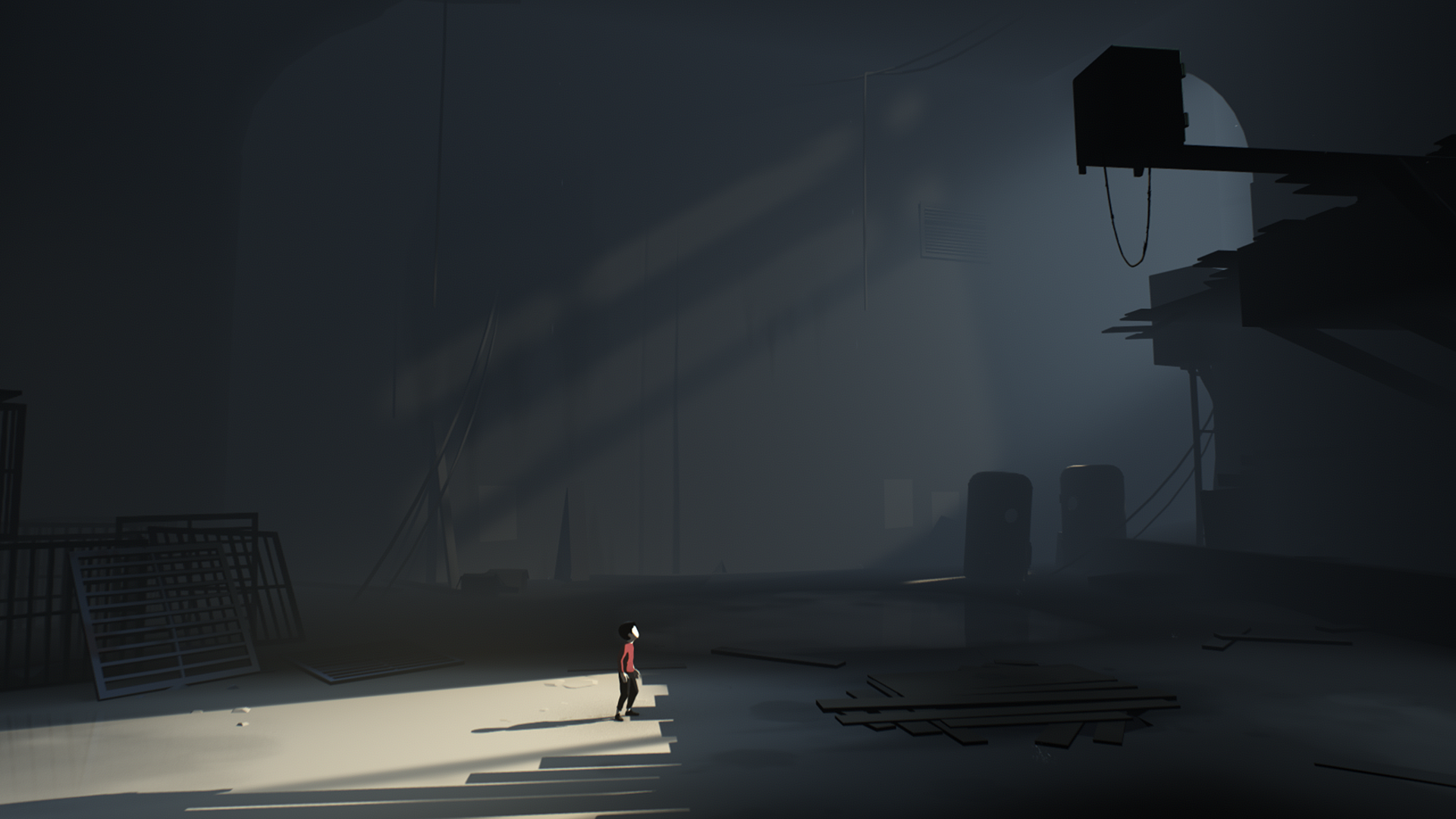
-
Playdead's Inside images #2
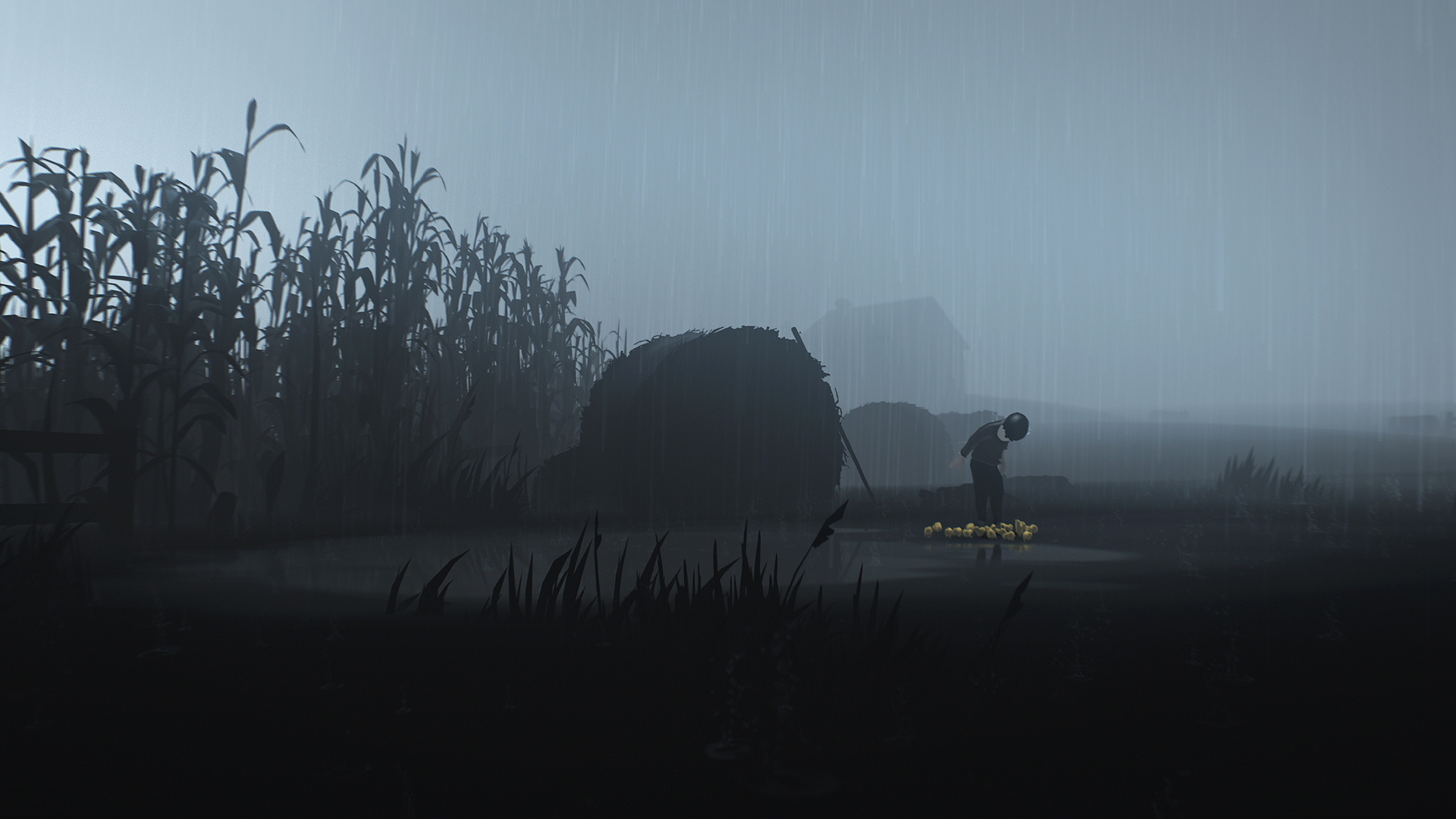
-
Playdead's Inside images #3
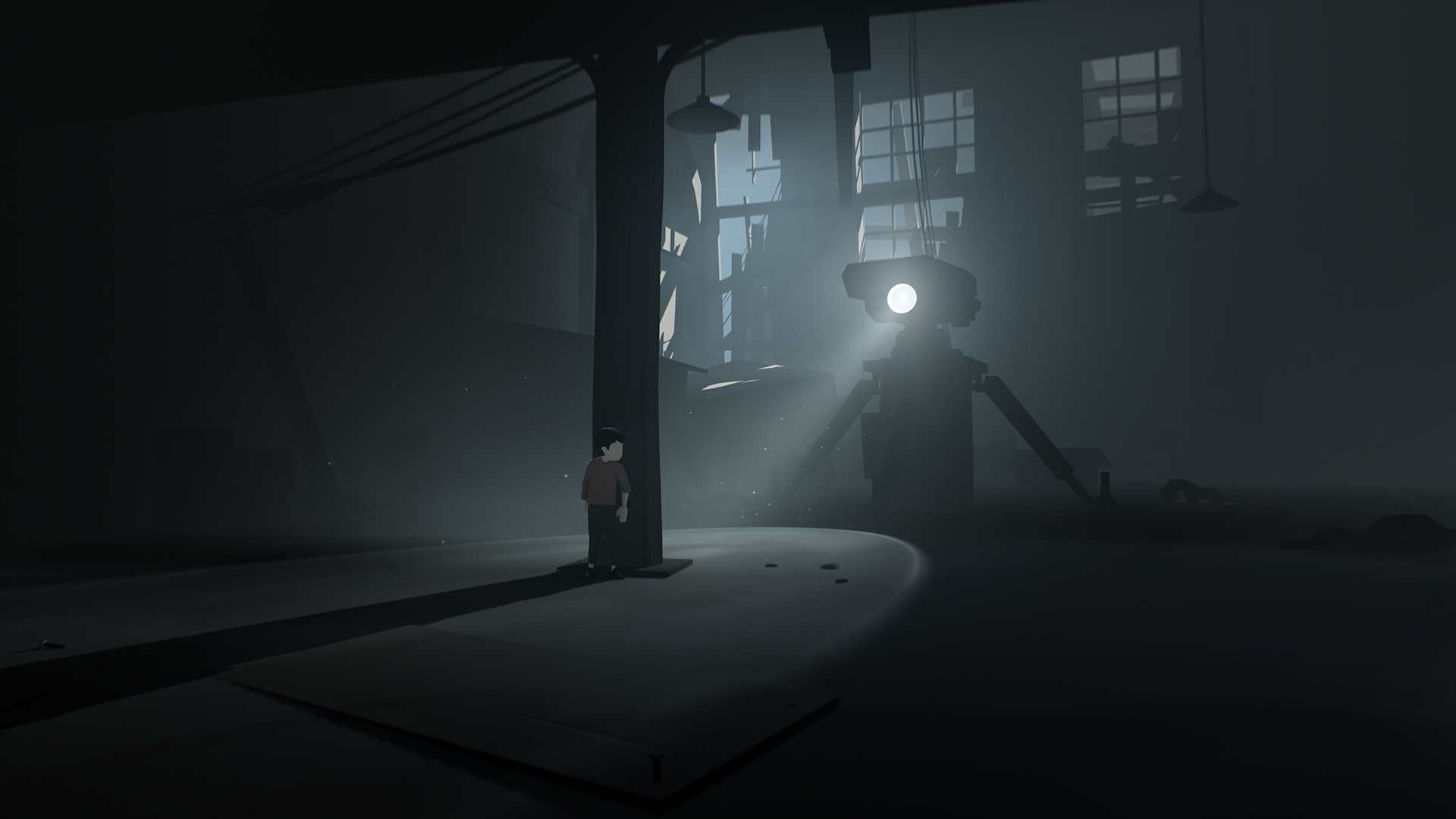
-
Playdead's Inside images #4
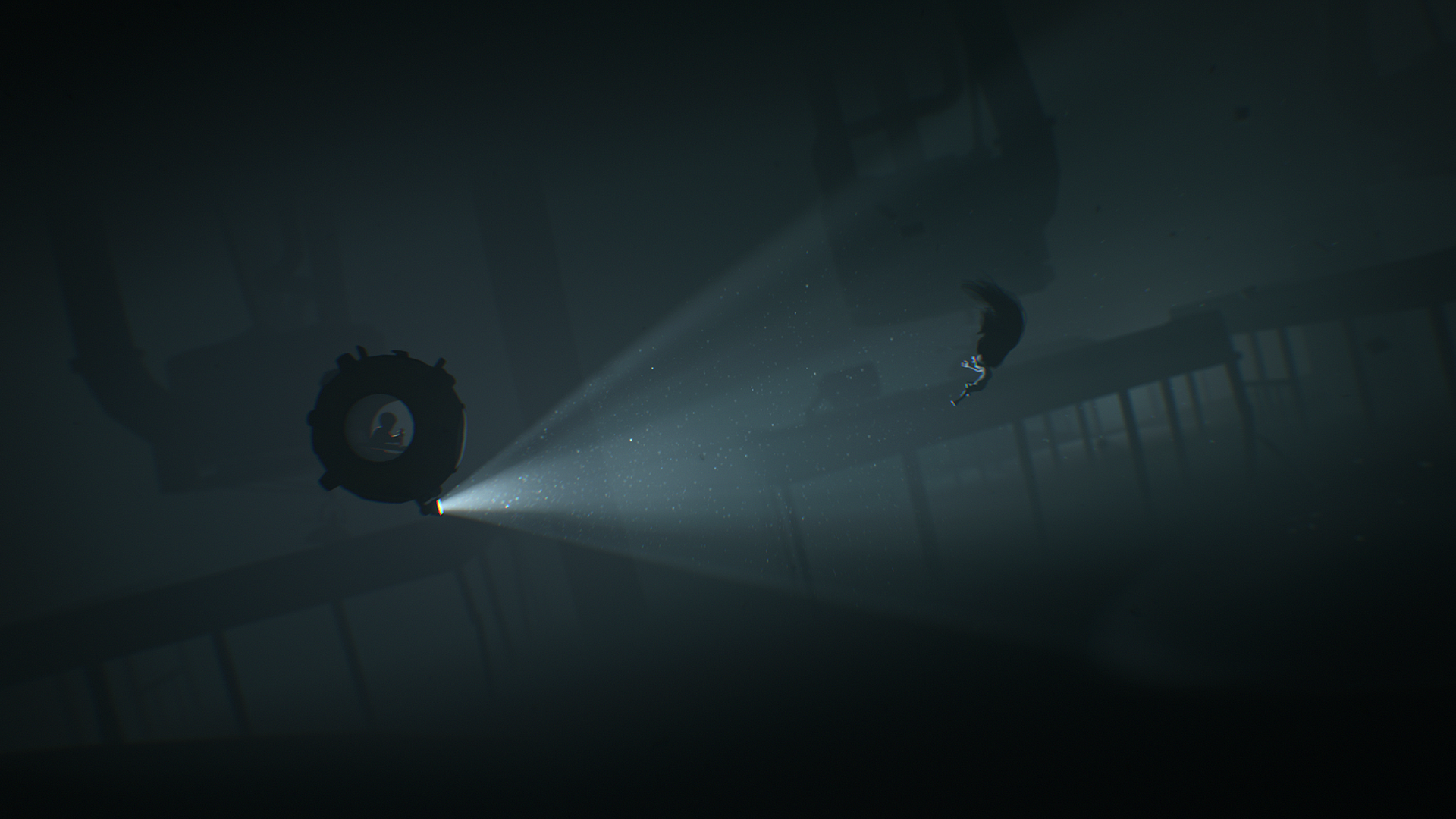
-
Playdead's Inside images #5
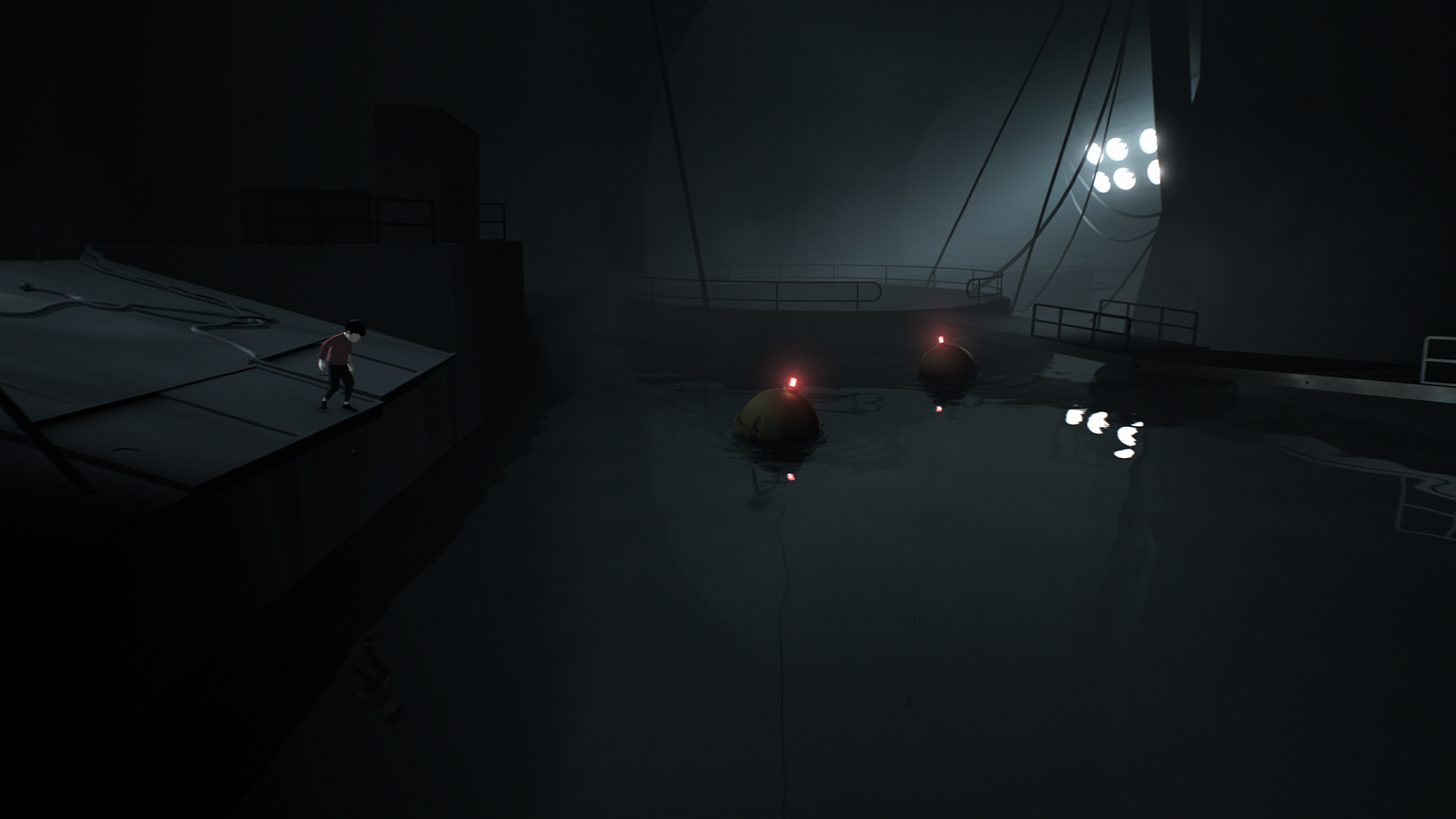
-
Playdead's Inside images #6
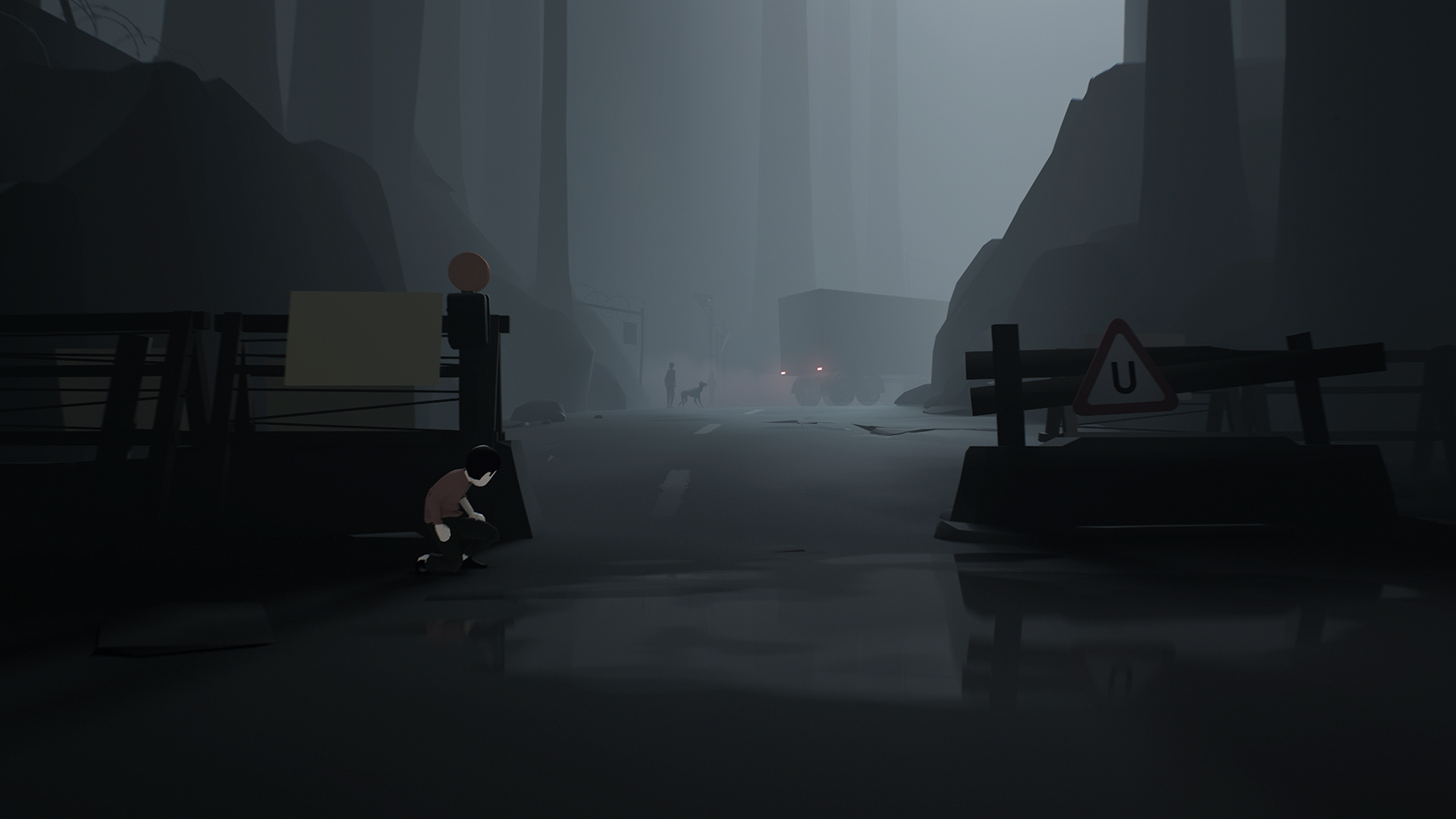
-
Playdead's Inside images #7
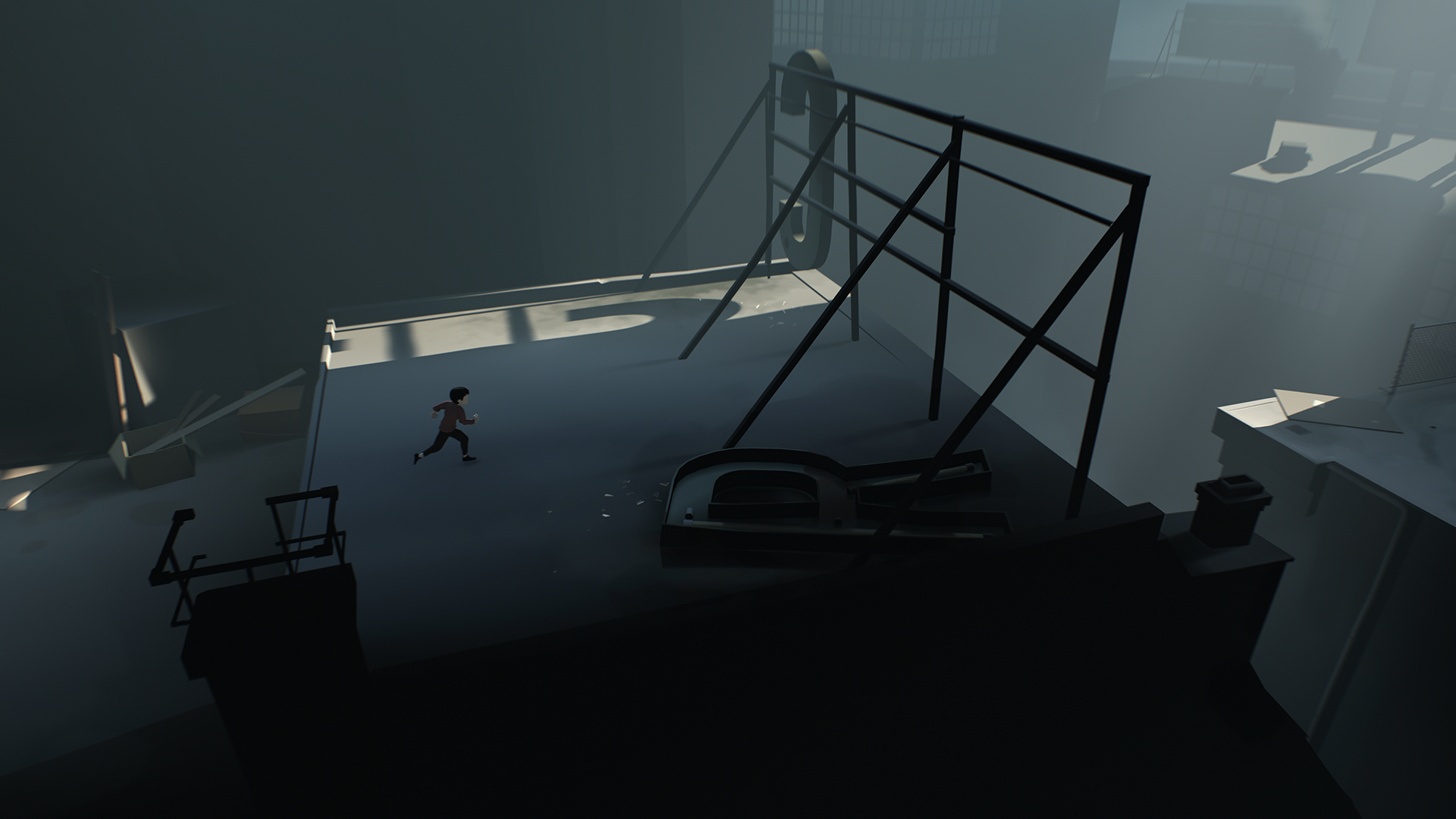
-
Playdead's Inside images #8
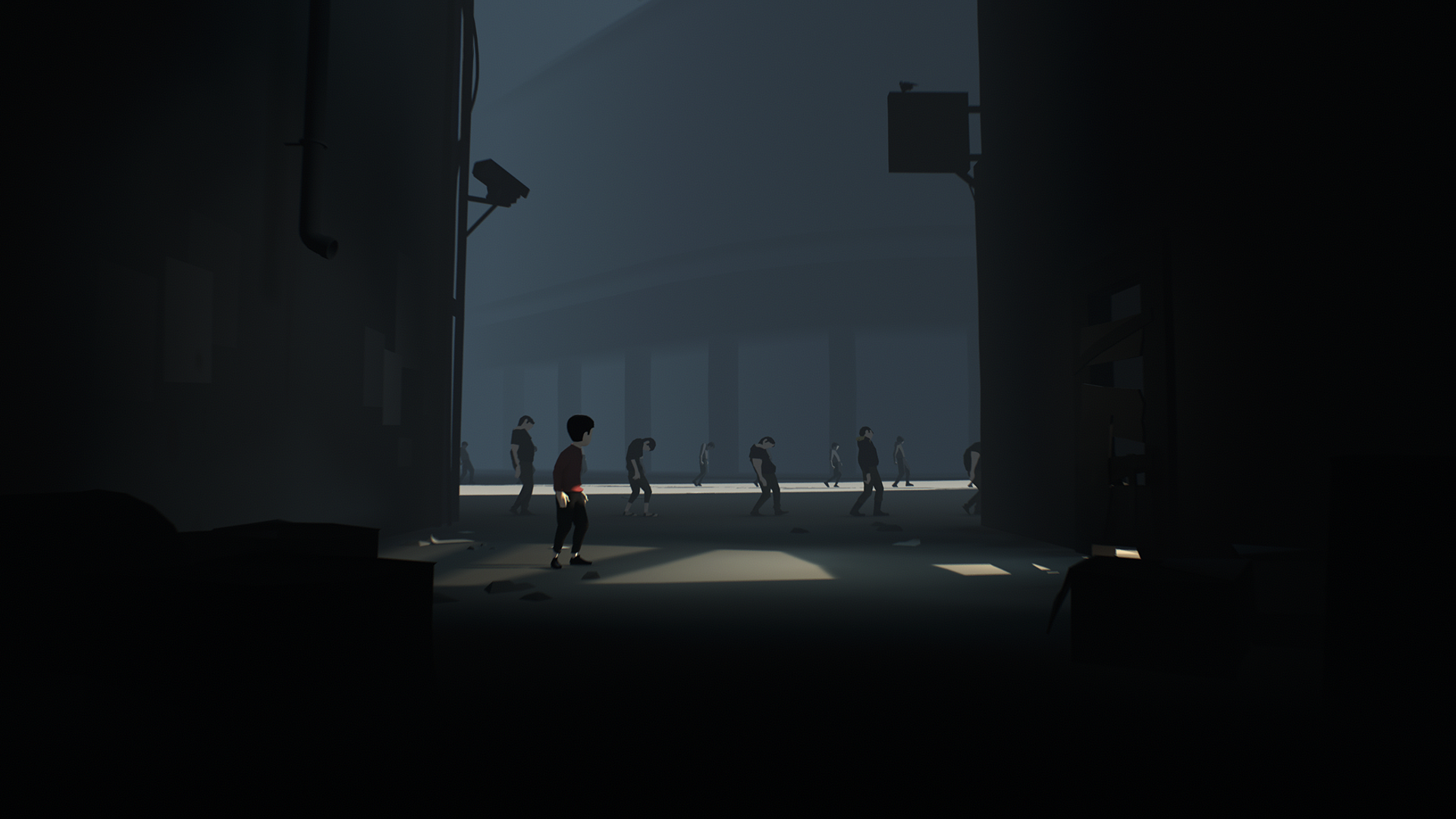
-
Playdead's Inside images #9
